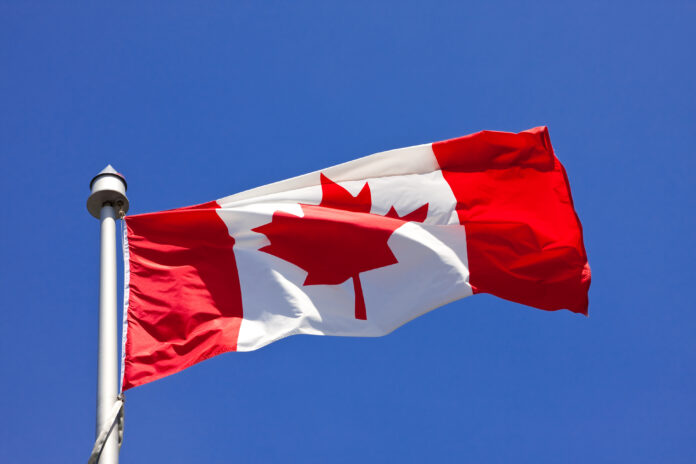
Canada’s parliamentary budget officer says there is already more than enough staff at Immigration, Refugees and Citizenship Canada (IRCC) to meet its application processing goals for the next three years.
“Current staffing levels at Immigration, Refugees and Citizenship Canada (IRCC) are expected to be more than sufficient to meet the processing time goal for all years of this costing,” Yves Giroux wrote in a report released last week.
Read more:
MPNP issues 597 LAAs to candidates in March 9 draw
Express Entry Labour draw on Prince Edward Island sees 46 ITAs sent
Express Entry draws in New Brunswick issued 144 Invitations to Apply in February
“In fact, for 2022 – 23, IRCC is estimated to have 65 per cent more staff than would be required to meet the goal. This percentage will decline each year as the number of applications increases, ultimately reaching four per cent in 2026-27.”
PBO report looked at staffing levels for Express Entry’s economic programs
In his report, Giroux examined the direct costs of processing applications for the economic streams of immigration through the Express Entry system, the Federal Skilled Worker (FSW) program, Canadian Experience Class (CEC) and Federal Skilled Trades (FST) program.
This system is used for all of Canada, excluding Quebec which runs a separate system and was not covered by the report, Costing the Express Entry Immigration Process.
The report comes in the wake of criticism of the Canadian immigration department from the Official Opposition in the House of Commons over the lengthy immigration application processing times which has often resulted in applicants having to wait far beyond the IRCC’s stated goals to process applications.
When the COVID-19 pandemic hit in 2020, immigration to Canada plummeted by 45.9 per cent, from 341,175 to only 184,595 new permanent residents, due to travel and public health restrictions.
But immigration levels soared back up in 2021, rising a staggering 120 per cent to hit a new Canadian immigration record of 406,040 new permanent residents that year.
Since then, immigration levels have only increased even further, by another 7.7 per cent to 437,120 new permanent residents to set a new record again in 2022.
Backlog at end of January this year was still almost one million applications
That spike in immigration, though, left the IRCC unable to cope with all of the applications in a timely manner and a backlog quickly built up.
By October last year, the IRCC was staring down a pile of more than 2.5 million applications despite Ottawa having pumped an extra $85 million into the IRCC to reduce application processing times in its 2021 Economic and Fiscal Update.
That extra money was to hire new processing staff, digitize applications, and implement technology-based solutions such as digital intake and advanced analytics.
In late January this year, Immigration Minister Sean Fraser announced further measures to speed things up.
“These measures build on the work we’ve already done to reduce wait times, including hiring 500 new processing staff and digitizing applications,” tweeted Fraser on Jan. 31.
The massive pile of applications at the IRCC has since started to come down even as Ottawa has raised its immigration targets for the next three years to bring in another 1.45 million immigrants.
In its 2023-2025 Immigration Levels Plan, Ottawa set the target for 2023 at 465,000 new permanent residents. The country is to welcome 485,000 new permanent residents in 2024 and another 500,000 in 2025.
Even with that higher level of immigration, the IRCC had managed to whittle down the number of applications to just over 1.9 million – exactly 1,944,500 – as of Jan. 31 this year.
Citizenship applications are currently the most likely to be processed on time
The number of immigration applications that are taking longer than set out in the guidelines to process, though, still numbered almost one million, 974,600.
On its website, the IRCC notes that 53 per cent of the 1,024,000 applications for temporary residence, which includes applications for work permits or study permits, exceeded its service standards for processing and so did 56 per cent of the 617,500 applications for permanent residence at the end of January.
The IRCC was then doing better with citizenship applications with only 27 per cent of the 303,000 applications for citizenship exceeding its processing goals.
“We’re taking action to reduce the backlogs of applications within our inventories,” notes the IRCC on its website.
“Our goal is to process 80 per cent of applications within our service standards. This allows for expected delays in some very complex cases or when we need more information from our clients before we can finalize their files.”

